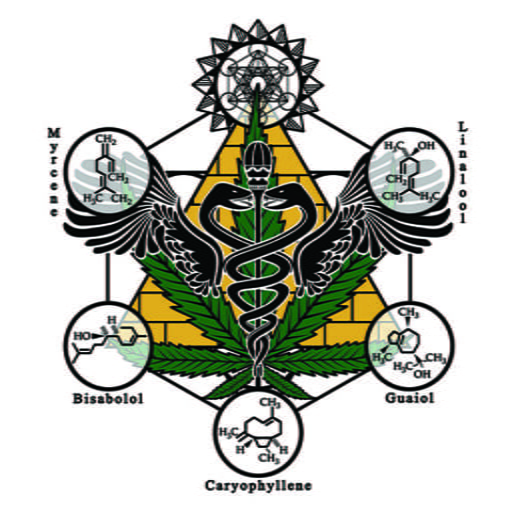Introduction
Pest management is one of the biggest challenges of cannabis farmers. The cannabis plant is affected by different pests including aphids, spider mites, fungus gnats, leaf miners, and other pest mites. These pests are top predators of cannabis plants and can damage both indoor and outdoor growers, resulting in reduced yields and poor plant health. For instance, grow rooms with high humidity are prone to fungal pathogens. At the same time, outdoor cultivation is more vulnerable to vertebrate pests like deer and mice and more giant insects like stem borers. Whether growing cannabis indoors or outdoors, cultivators must be knowledgeable in preventing, identifying, and managing pests using Integrated Pest Management (IPM). How hard is pest management in cannabis cultivation? Well keep reading to find out. In this article we would discuss simple but effective pest management systems to boost your hemp yield.

What is Integrated Pest Management (IPM) in Hemp farming?
Integrated Pest Management (IPM) is a pest control strategy that uses various techniques to manage pest issues. The main goal of IPM is to prevent, reduce, or keep pest populations at non-damaging levels by using mechanical, physical, and biological controls, thereby minimizing the need for chemical pesticides.
IPM utilizes a variety of pest management strategies, avoiding dependence on a single method. It involves assessing the situation to determine the most environmentally safe and ecological solution.
What are the Components of Integrated Pest Management (IPM) in hemp farming?
As a hemp grower, it is pertinent to understand that success in IPM needs a thorough understanding and application of the following key elements:
- Prevention: Planning and managing the environment to prevent weeds, insects, diseases, and vertebrates from becoming pest problems.
- Identification: Recognizing pests and beneficial species and understanding their life cycles.
- Monitoring: Keeping track of pests, beneficial species, damage, and environmental conditions.
- Thresholds: Utilizing injury and action thresholds (often called economic thresholds) to decide when pest treatment is necessary.
- Integrated Treatments: Employing a combination of methods, such as cultural, biological, physical, mechanical, behavioural, or chemical, to achieve effective control with minimal environmental impact.
- Evaluation: Assessing the effects and effectiveness of the pest management strategies used.
Pest and Diseases Management in Hemp Cultivation
In pest management programs, there are four main strategies to consider:
- Cultural Controls: These methods alter the cultivation environment to discourage pests. Examples include adjusting irrigation schedules to combat root diseases, reducing humidity to discourage pathogenic fungi, shaping the canopy to improve airflow, and using companion plantings to increase beneficial insect populations.
- Mechanical Controls: Mechanical controls employ physical methods to trap, exclude, or eliminate pests. Examples include installing filters on air intakes to prevent pest entry, strategically placing sticky traps to catch flying pests, removing diseased plant material, and eliminating weeds.
- Biological Controls: Biological controls harness natural enemies like predators and parasites to target pest populations directly. These organisms are adept at keeping pest numbers below economic thresholds, effectively preventing infestations from becoming damaging.
- Chemical Controls: Using chemical controls carefully in an IPM program is important. Cannabis cultivators have limited options for chemical controls because the use of pesticides with an EPA registration number is prohibited.
Conclusion
Numerous effective IPM programs are currently implemented to manage pests. These programs combine treatments to enhance effectiveness, reduce costs, and ensure long-term sustainability with minimal environmental impact. An educated farmer is successful, so DavisHempFarms is always here to provide the necessary information and guidance about hemp farming.
Read our Previous posts
- Landrace, Heirloom, and the Importance of Genetic Diversity in Hemp Farming and Agriculture
- How To Obtain The Necessary Licenses and Certifications In Hemp Farming
- How To Manage Pests And Diseases In Hemp Farming
- From Seed to Harvest: Understanding the hemp farming lifecycle
- How Hemp Farming Promotes Biodiversity
